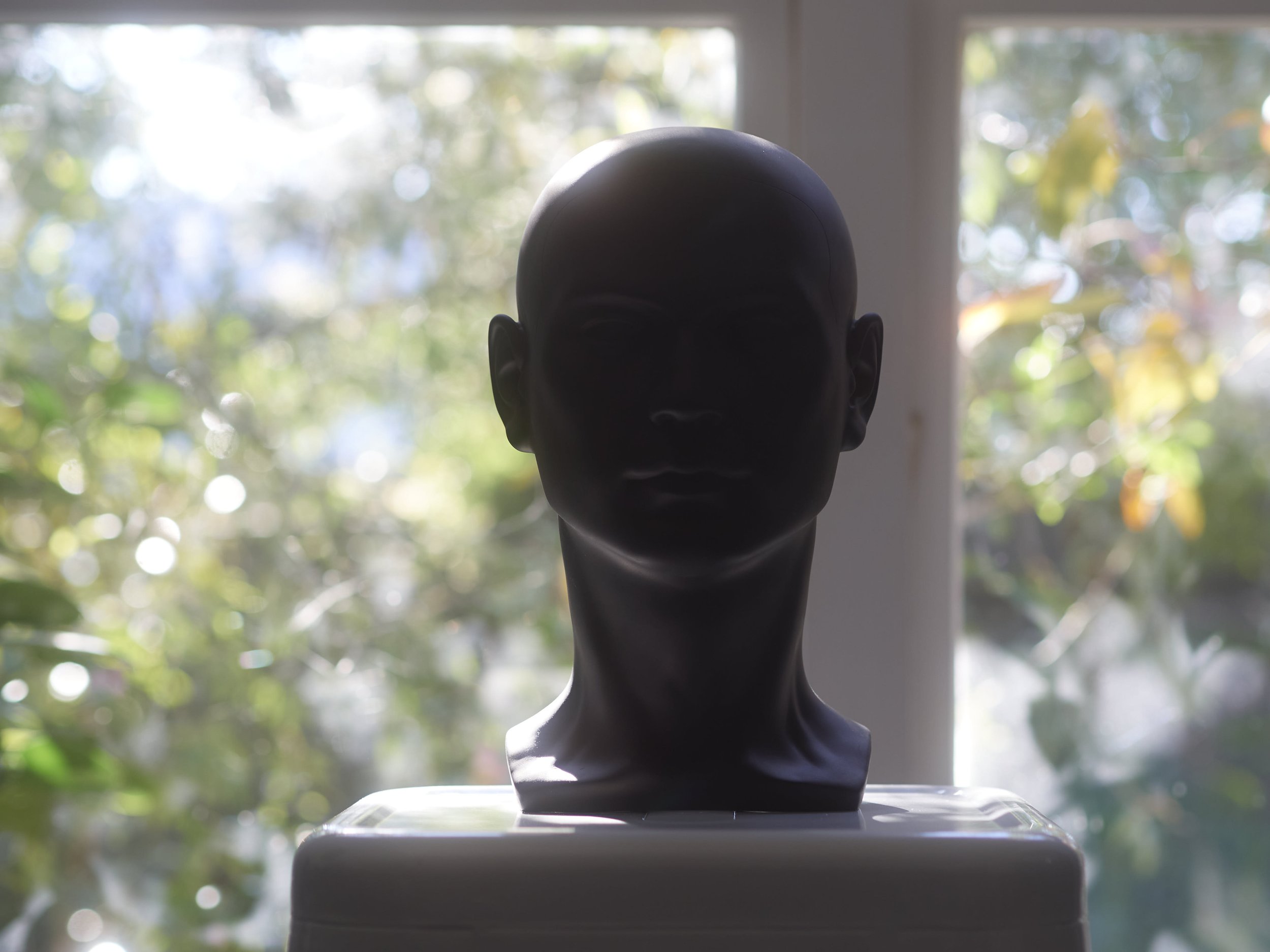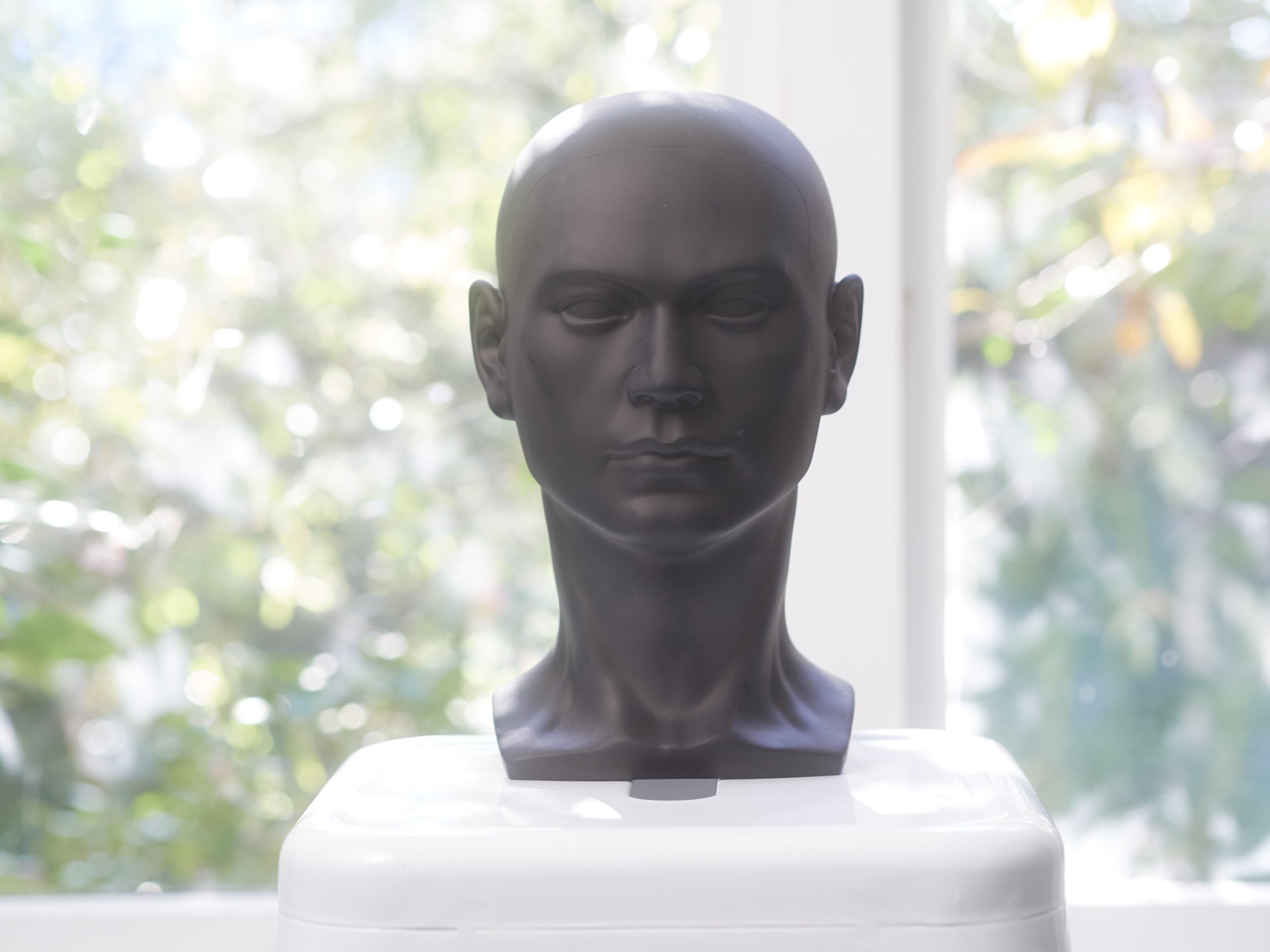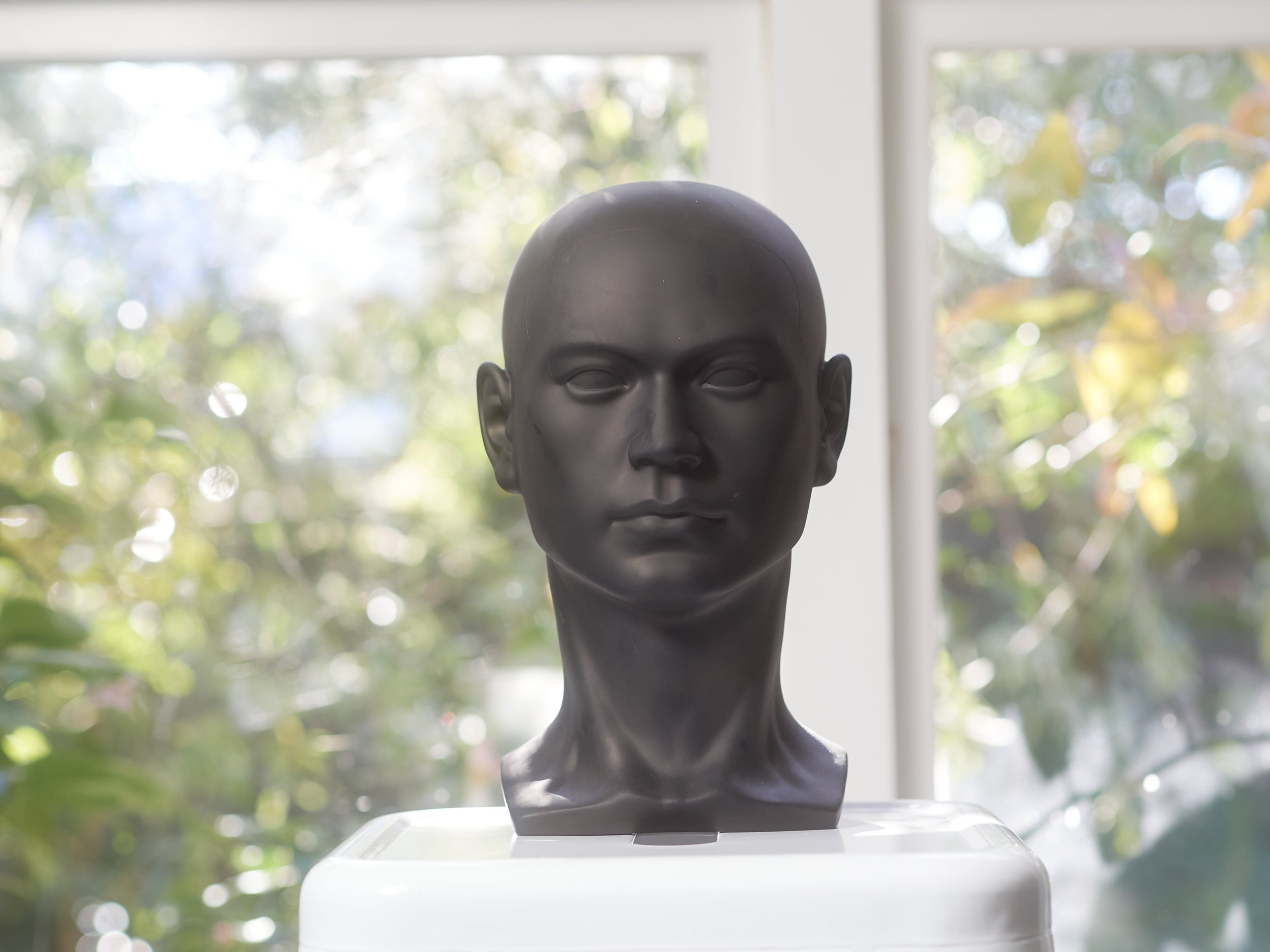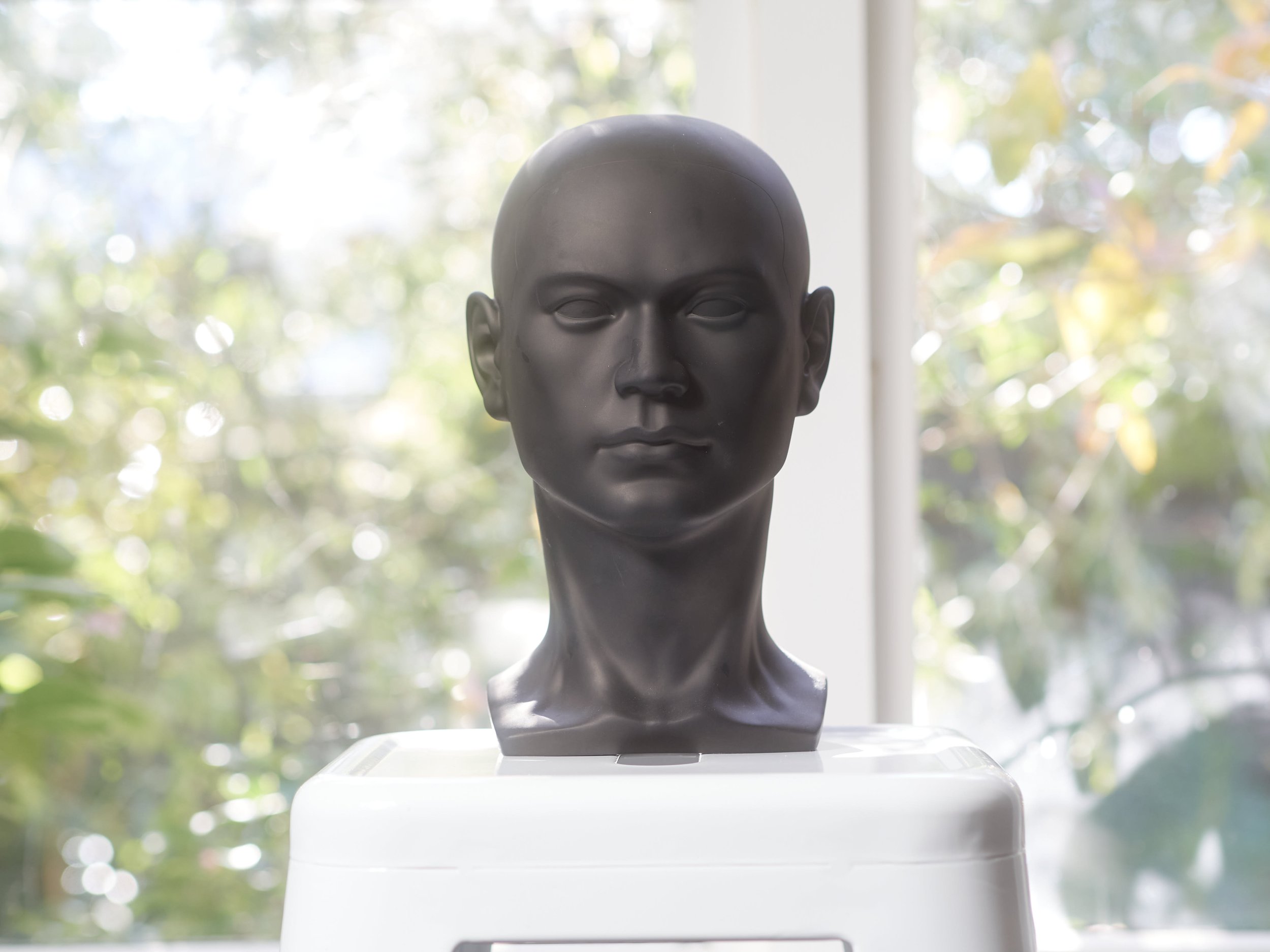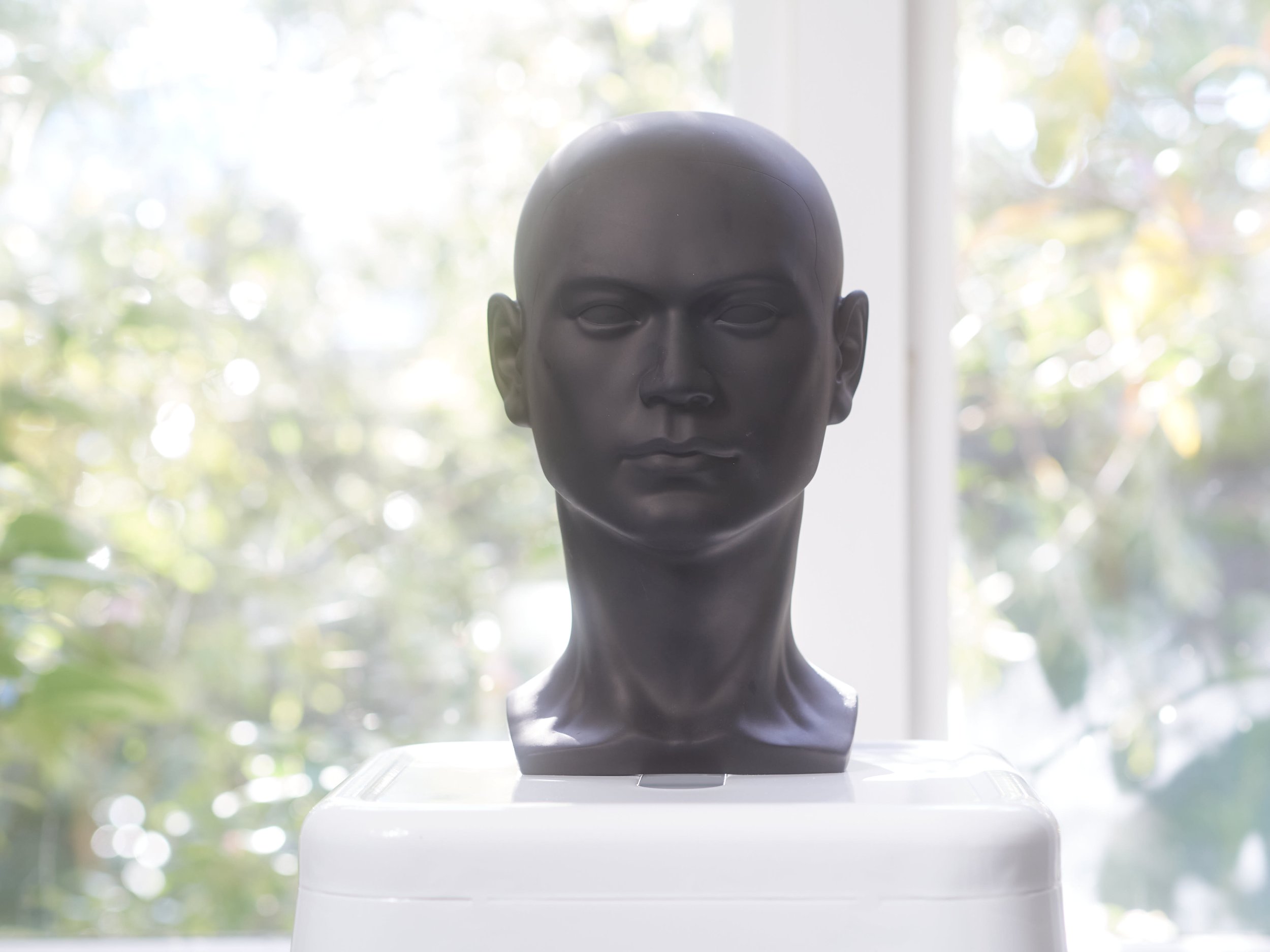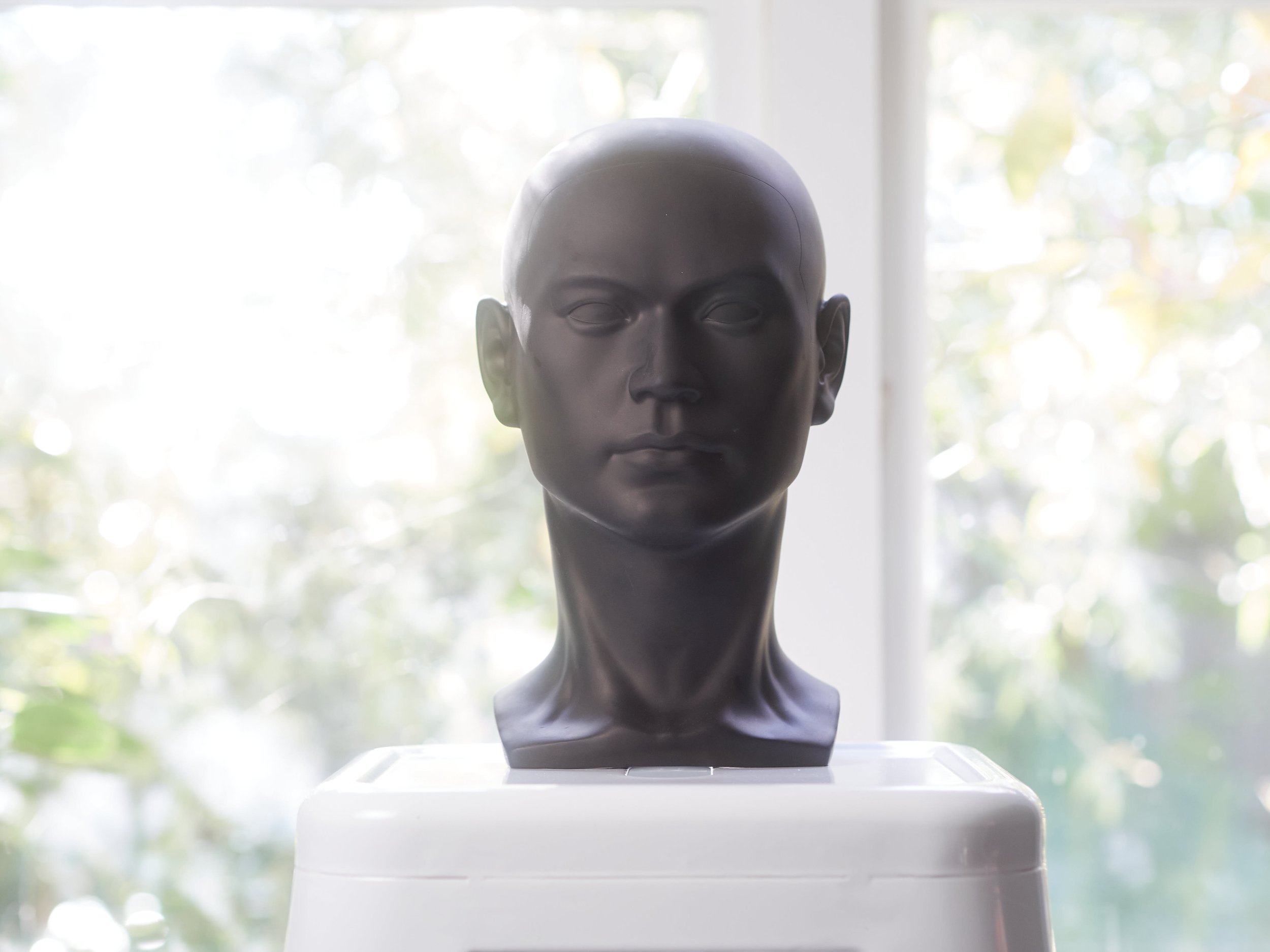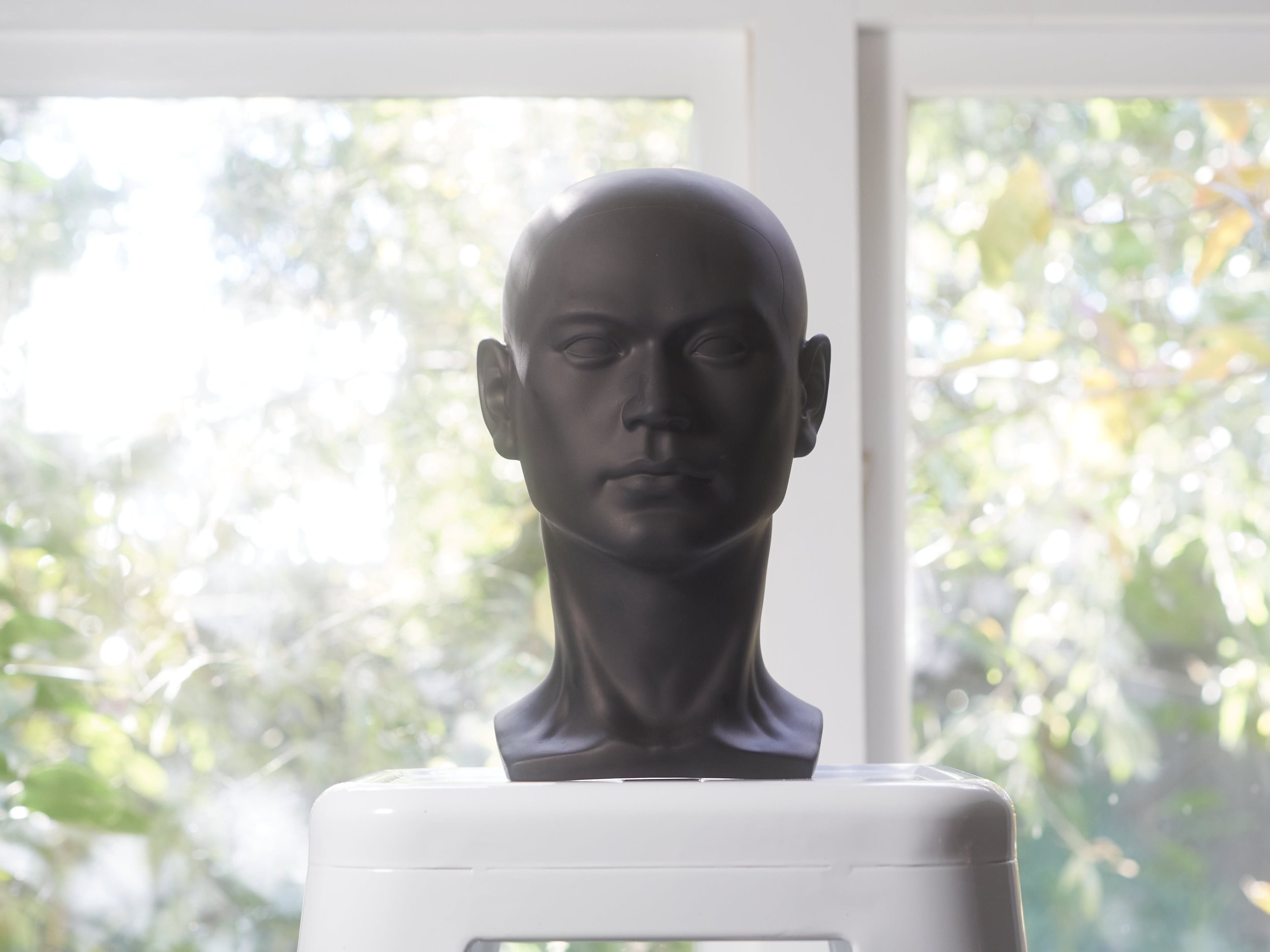Ask any videographer and they will likely say, fighting daylight is a problem for them.
Outside is often fine, as the sun, the main culprit can provide the answer, a decent reflector, but inside with a bright window behind the subject, putting enough light onto them in an efficient and gentle way can be a test, especially for those buying “budget” lights.
To put this in context, in a dark space, these lights are tons. In a series of interviews we shot recently, I used a 480 LED panel through a diffuser at 35% for the same exposures, so the three COB’s would each likely come in about 10x that!
Below are your choices without lights (aside from aggressive post processing, which is harder in video). You either expose for the subject, blowing out the background, or you expose for the background, leaving the subject in silhouette.
The third image was taken for reference with just a Neewer at 50%, in darker conditions. See how easy it is when the sun is not in the frame.
The solution is to expose for the background as much as you can, remembering there may be a stop or two in post, but not much more unless you are using a full LOG profile, then light up the main subject to the same level, or near enough.
Test 1.
COB lights through a 42” white brolly at 100%, 45mm lens at f2.8 1/45th ISO 200 (the ideal). I also left the black mist on which will reduce contrast, but also blow out highlights. Oops, but in my defence, I would likely use it anyway.
Both lights do a good job, but the Neewer’s fan at 100% is audible.
The Selens in the middle is good enough on its own and near silent. Even in Natural style mode on the G9, I could bring up the shadows and remember also Joe is jet matt black, so he sucks in light.
The Neewer is pushing it. I tried to bring Joe up to the same levels in each, but I think he is still a little under and the background is still too light. The light is softer however. Still noisy when running.
*
Test 2.
Same settings, with a 33” silver reflective umbrella, with the light moved closer, but still slightly further away than the front of the shoot through.
The reflective seems to be a touch more efficient, which I suspected from recent tests.
The pair are good. slightly more contrasty, but maybe more open also, but that may be angle.
The Selens is nearly as good as the pair above. I would use this just for simplicity and no noise.
The Neewer looks much the same as above, struggling on its own, but better than nothing.
*
Test 3.
The Neewer RGB 480 at 100% with collapsible diffuser and the plastic one it comes wih and with only the white panel diffuser, but this is only 1 mtr away from the subject (twice as close) and running on a battery, which is a little weaker in power. These have the benefit of running silently and cool, but are weak.
With the two diffusers, it is not much better than nothing. I forgot to try it with only the collapsible.
Without the second diffuser, it is quite good, almost the same as the Neewer COB (right hand image). This, or one of the NL140’s or the 660 (or a combination) could be my backup to the Selens if noise is an issue.
I was really trying to resist the lure of a second quiet and powerful Selens, but looking at this, I think I need it, because without it, I risk having no silent option powerful enough if it goes down and reliability at this price point comes from depth. The other reality is, more light means softer light.
I do have several panel options, but would be loathe to rely on them only. The Neewer 10.6” flapjack looks powerful also (rated at 30W, but seems better in actual output), but adds more issues with transport etc. and is not necessarily better than the cheaper Selens (I have a large case capable of taking 4 lights, with only three in it and it cannot take a panel).
This test again confirms my suspicion that the Selens may be an older Godox in disguise.
The other option is of course to avoid shooting in this specific scenario. I would naturally when shooting stills without flash, but that may be out of my hands.

